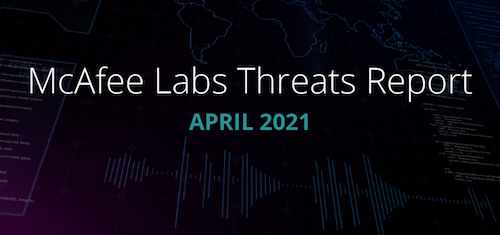Featured Blogs
Plasma HTTP Botnet Steals Passwords From Chrome, FileZilla
Last year we reported on the Athena HTTP botnet, which targets Windows XP systems, mostly for distributed denial-of-service attacks. Now...
Pirate Versions of Popular Apps Infiltrate Google Play via Virtualization
The McAfee Mobile Research team recently found pirated applications of popular apps distributed on the Google Play store. A pirated...
Picture to Pedophile: The Danger of Instagram and Kik Messenger
Sometimes it might feel overwhelming to keep up with the latest social trend for your kids, but it’s important to...
Picture Perfect: How to Help Your Teen Survive an ‘Instagram-Ready’ World
As the mom of a teenage girl, I have a front row seat to the good, the bad, and the...
Pickpocketing – Digital Style
Gone are the days when thieves would physically steal your wallet. Instead, they are using sophisticated techniques to steal your personal information and drain your bank accounts without you even realizing it. This article aims to shed light on digital pickpocketing, its impacts on your digital assets, and measures to ...
Phony Adobe Flash Update Hosts Malware, Targets Apple Users
Computer maintenance is often a simple equation: avoid behavior that might land you a virus, and keep your software up-to-date....
Phishing Android Malware Targets Taxpayers in India
Authored by ChanUng Pak McAfee’s Mobile Research team recently found a new Android malware, Elibomi, targeting taxpayers in India. The malware steals sensitive financial and private information via phishing by pretending...
Phishing Threat Uses UTF-8 BOM in ZIP Signature to Evade Detection
This blog was written by Sanchit Karve. Last week, we noticed thousands of malware files in the wild that employ...
Phishing Scam Targets Walmart.com Online Customers
Late last week, Walmart alerted the public to an email-based scam that used the company’s name (misspelled as “Wallmart”) to...




